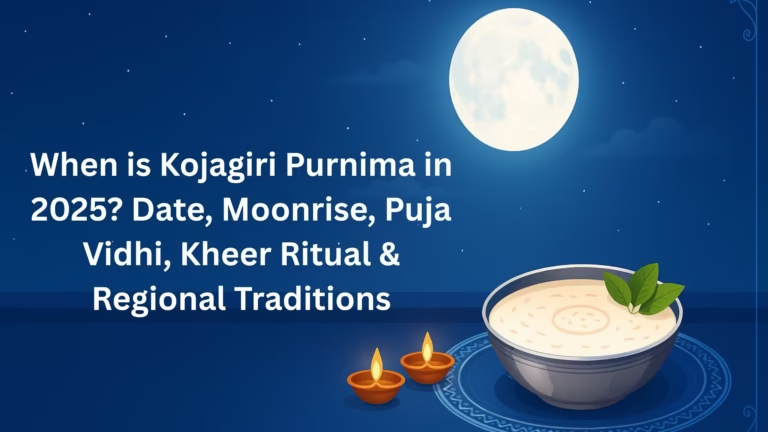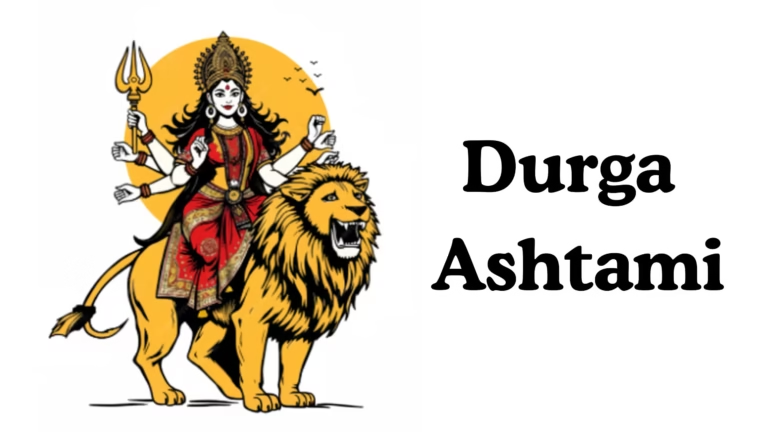Sakat Chauth, also known as Til-Kuta Chauth, Vakra-Tundi Chaturthi, or Maghi Chauth, is a significant Hindu festival dedicated to Lord Ganesha and Goddess Sakat. Celebrated predominantly in Northern India, this auspicious day is observed by mothers who fast and pray for the well-being, prosperity, and longevity of their children. In 2025, Sakat Chauth falls on Friday, January 17th.
Table of Contents
Date and Time of Sakat Chauth 2025
According to the Hindu lunar calendar, Sakat Chauth is observed on the fourth day (Chaturthi Tithi) of the Krishna Paksha (waning phase of the moon) in the month of Magha. For the year 2025, the Chaturthi Tithi begins at 4:06 AM on January 17th and concludes at 5:30 AM on January 18th. Devotees typically break their fast after sighting the moon, which is expected to rise at approximately 9:09 PM on January 17th.
Significance of Sakat Chauth
Sakat Chauth holds profound spiritual importance, especially among devotees of Lord Ganesha. On this day, mothers undertake a strict fast, often refraining from even water (Nirjala Vrat), to seek the blessings of Goddess Sakat and Lord Ganesha for their children’s health, success, and longevity. It is believed that observing this fast with devotion can remove obstacles from one’s life and bring prosperity to the family.
Rituals and Puja Vidhi
The rituals of Sakat Chauth are performed with great devotion and adherence to traditional practices:
- Pre-Dawn Preparations: Devotees wake up early, take a ritual bath, and wear clean or new clothes. The house, especially the area designated for the puja, is cleaned and decorated.
- Fasting: Mothers observe a day-long fast, abstaining from food and water, to pray for their children’s well-being.
- Puja Setup: An idol or image of Lord Ganesha is placed on a clean altar. Offerings include fresh flowers, durva grass, modaks, laddus, and particularly preparations made from sesame seeds (til), such as tilkut, symbolizing the festival’s association with til.
- Puja Rituals: Devotees light a diya (lamp) and incense sticks, recite the Sakat Chauth Vrat Katha (legend associated with the festival), and chant mantras dedicated to Lord Ganesha.
- Moonrise Observance: In the evening, after sighting the moon, devotees offer Arghya (water) to the moon, perform aarti, and then break their fast. This ritual is believed to strengthen the bond between mother and child and invoke divine blessings.
Regional Variations in Celebrations
While the core essence of Sakat Chauth remains consistent, regional variations add unique flavors to its observance:
- Northern India: In states like Uttar Pradesh and Bihar, the festival is celebrated with great fervor. Communities gather to narrate the Vrat Katha, and special emphasis is placed on the preparation and distribution of tilkut.
- Maharashtra: Known as Sankashti Chaturthi, devotees focus on Lord Ganesha, observing fasts and performing elaborate pujas.
- Southern India: While Sakat Chauth is less prominent, similar festivals like Sankatahara Chaturthi are observed with rituals dedicated to Lord Ganesha.
Conclusion
Sakat Chauth is more than a ritualistic observance; it embodies the deep-rooted cultural values of devotion, sacrifice, and the eternal bond between mother and child. By observing this fast and performing the associated rituals, devotees seek to remove obstacles from their lives, ensure the prosperity of their families, and uphold traditions that have been passed down through generations.
Frequently Asked Questions (FAQs)
What is the significance of Sakat Chauth?
Sakat Chauth is a Hindu festival dedicated to Goddess Sakat and Lord Ganesha. Mothers observe a strict fast on this day to pray for the well-being, prosperity, and longevity of their children. It is believed that this devotion helps remove obstacles and brings happiness to the family.
When is Sakat Chauth in 2025?
In 2025, Sakat Chauth falls on Friday, January 17th. The Chaturthi Tithi begins at 4:06 AM on January 17th and ends at 5:30 AM on January 18th. The moonrise is expected at approximately 9:09 PM on January 17th.
How is Sakat Chauth celebrated?
The celebration involves early morning rituals, a day-long fast by mothers, setting up a puja altar with Lord Ganesha’s idol, offering tilkut and other sweets, reciting the Vrat Katha, and breaking the fast after offering prayers to the moon in the evening.
What are the different names of Sakat Chauth?
Sakat Chauth is also known as Til-Kuta Chauth, Vakra-Tundi Chaturthi, and Maghi Chauth in various regions of India.
Why is til (sesame) significant in Sakat Chauth?
Til (sesame) is considered auspicious and is believed to purify the body and soul. Preparations made from til, such as tilkut, are offered to deities and distributed as prasad, symbolizing prosperity and protection from negative energies.
Read this article in hindi click here.



